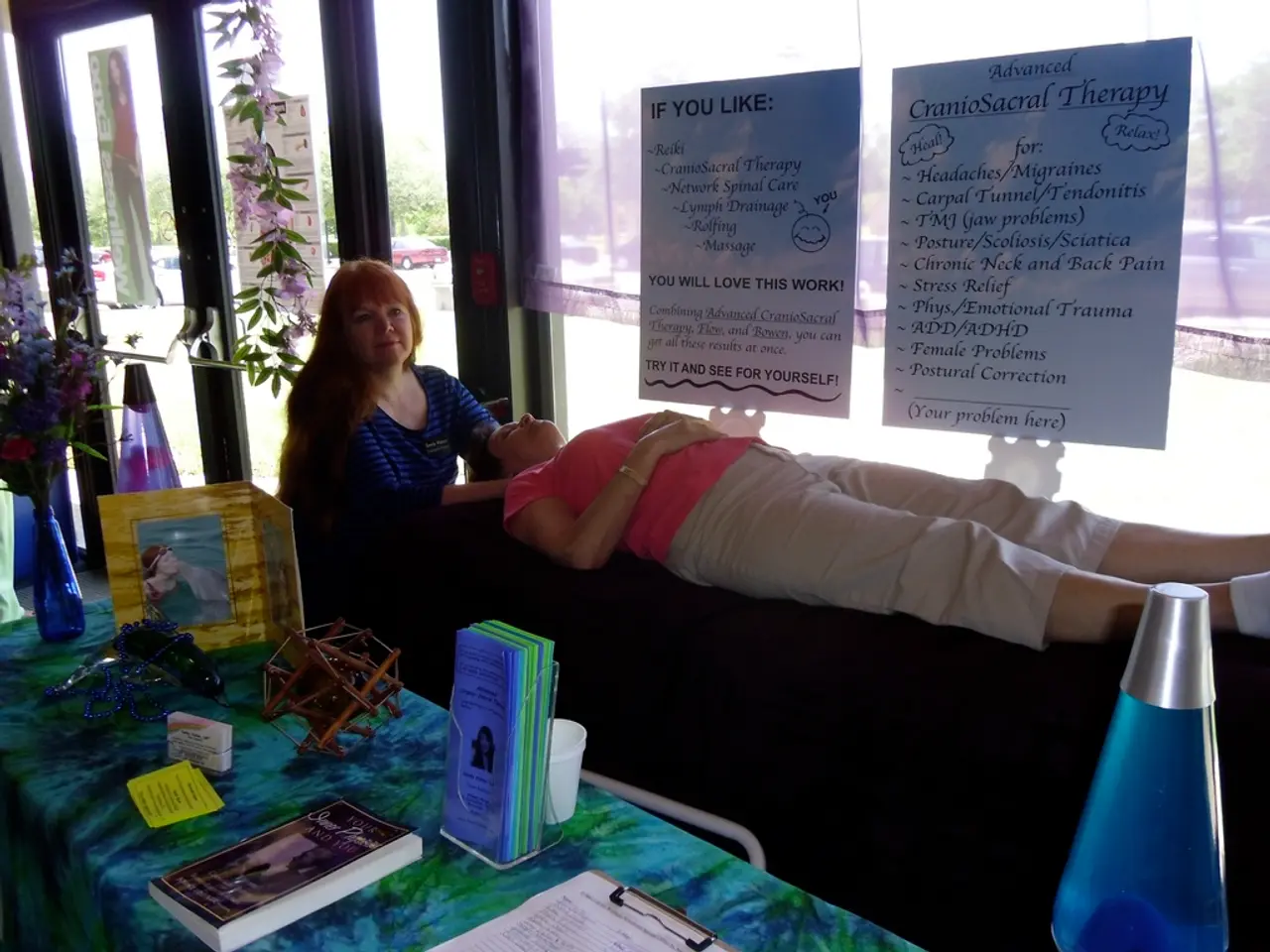Flashback Exploration: Symptoms, Reasons, and Strategies for Cope
Post-Traumatic Stress Disorder (PTSD) is a mental health condition that can develop after experiencing or witnessing a traumatic event. One of the most distressing symptoms of PTSD is flashbacks, which are intense re-experiencing episodes that make a person feel as if they are reliving the traumatic event.
Types and Characteristics of Flashbacks in PTSD
Flashbacks in PTSD can take various forms, including sensory, emotional, and dissociative flashbacks.
Sensory flashbacks involve reliving the trauma through vivid sights, sounds, smells, or physical sensations. A person may feel physically present in the traumatic moment rather than recalling it as a memory.
Emotional flashbacks are characterized by intense feelings such as terror, helplessness, or panic that are connected to the trauma experience.
Dissociative flashbacks involve a loss of awareness of the present moment and feeling disconnected or "numb," sometimes with amnesia for the event surrounding the flashback.
It's important to note that flashbacks should be distinguished from hallucinations or illusions seen in psychotic disorders; PTSD flashbacks are grounded in re-experiencing the trauma without psychosis.
Coping Strategies and Management for Flashbacks
Coping with flashbacks is possible, and various strategies can help manage their impact.
Trauma-Focused Cognitive Behavioral Therapy (TF-CBT) is one such strategy that helps process traumatic memories safely, identify and challenge distorted thoughts, and develop coping skills to manage flashbacks and related symptoms like nightmares and hypervigilance.
Prolonged Exposure Therapy and Narrative Exposure Therapy are also effective in reducing fear and avoidance associated with trauma-related cues.
Brief Eclectic Psychotherapy combines psychodynamic elements with Cognitive Behavioral Therapy (CBT) to address shame/guilt and relive trauma in a therapeutic setting.
Self-care and grounding techniques such as mindfulness, deep breathing, naming objects in the room, and using sensory input to anchor oneself in the present can prevent dissociative flashbacks.
Employers and workplaces can also accommodate individuals recovering from PTSD, recognizing the need for space and adjustments to aid coping.
Triggers for Flashbacks
Traumatic events that can cause flashbacks include car collisions, war, violence, living in an unsafe home or neighborhood, poverty, discrimination, sexual harassment, emotional neglect, and witnessing something traumatic happen to someone else (vicarious trauma). Flashbacks can affect people in various ways and vary in intensity.
Seeking Help
If symptoms are impacting a person's well-being or quality of life, it's crucial to consult a mental health professional. Treatment can significantly reduce the impact of flashbacks and how often they occur. With support, a full recovery from trauma and PTSD is possible.
If someone is in crisis and considering suicide or self-harm, support is available through the 988 Lifeline, Crisis Text Line, Befrienders Worldwide, and local emergency services.
It's essential to remember that not everyone who experiences traumatic events will develop long-term symptoms. Only 5-10% meet the criteria for PTSD afterward. A person having a flashback will feel physically or emotionally like they are there again, unlike recalling a memory of the past.
In summary, PTSD flashbacks vary from sensory to emotional and dissociative forms, reflecting complex brain changes. Evidence-based psychotherapies and practical grounding skills are key to managing and reducing the impact of flashbacks.
Read also:
- Chest Pain Caused by Compressed Nerves: A Possibility Explored
- Weight and Plumpness: Exploring Health Consequences and Understandings
- Expectant mother resorts to marijuana for relieving morning sickness; state authorities deem her a child abuser.
- Discovering the Alleged Enhancement Method: Jelqing and Its Claimed Results






